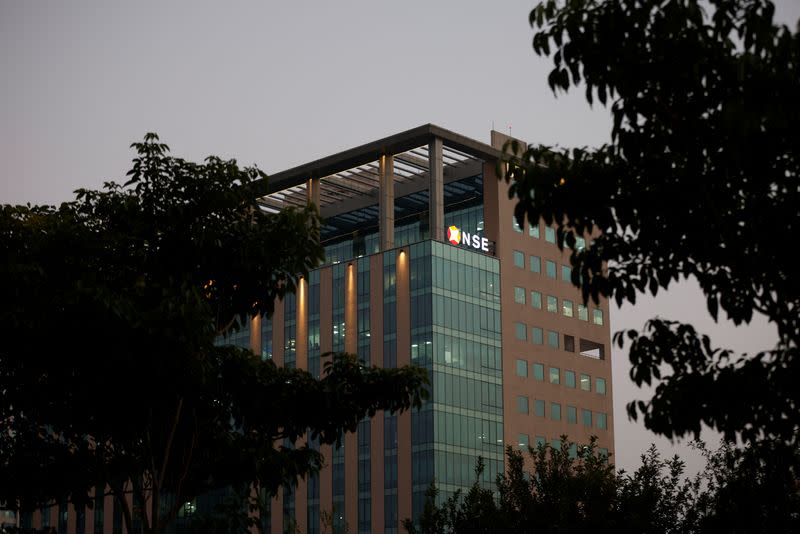Asia leads as EM portfolios see 8th consecutive month of inflows -IIF

By Rodrigo Campos
(Reuters) - Emerging market portfolios attracted foreign inflows for an eighth consecutive month in June with flows to Asia ex-China taking the lion's share, but the high U.S. interest rates are affecting the scale and the outlook of flows, a report showed on Wednesday.
The banking trade group Institute of International Finance (IIF) said net non-resident portfolio flows into emerging markets came in at $16.1 billion in June, with equities pulling in $4.9 billion and debt $11.2 billion.
The overall figure compares to a downwardly revised $2.0 billion inflow in May and a $27.6 billion inflow in June 2023.
"While the trend of positive flows is maintained we see a diminishing trend on the level of flows, mainly attributed to the perspective of a 'higher for longer' Fed, which impacts dollar dynamics, the outlook for the global economy and (has) influenced financial markets greatly," Jonathan Fortun, economist at the IIF, said in a statement.
Fed chief Jerome Powell told Congress on Tuesday the U.S. is "no longer an overheated economy," but did not give a clear signal that the U.S. central bank is close to cutting interest rates.
Even as flows remain positive into EM portfolios, the net amounts over the past three months are the lowest of the eight-month run of inflows. This could partly be attributed to waning patience from investors who started the year with an outlook for a much looser monetary policy from the United States.
China posted in June an outflow of more than $2 billion, with both stocks and debt seeing cash move out. Yet Asia led inflows regionally with a net $15.1 billion, with stocks in India and South Korea attracting over $3 billion each after posting outflows in May according to preliminary IIF data.
Regarding other geographical regions, Latin America took in $0.8 billion and Africa $1.4 billion, while Emerging Europe saw a net $1.1 billion outflow with Hungary debt and Turkey equity seeing large outflows.
For the first half of the year the data show a net inflow of $125.4 billion, a 7.6% increase from the $116.5 billion seen in the first half of 2023.
Of the 2024 figure, $95.8 billion -some 76%- found a destination in debt portfolios outside of China.
(Reporting by Rodrigo Campos; Editing by Chizu Nomiyama)

 Yahoo Finance
Yahoo Finance 